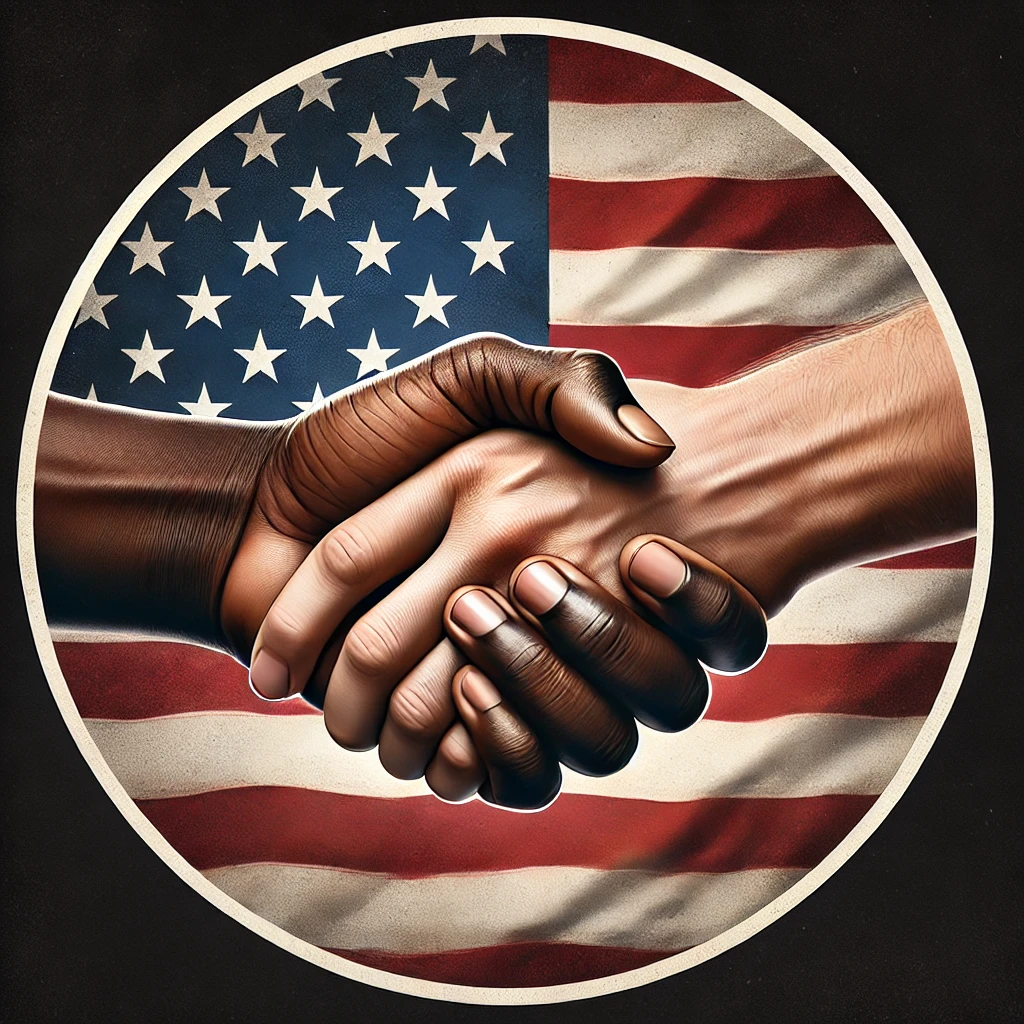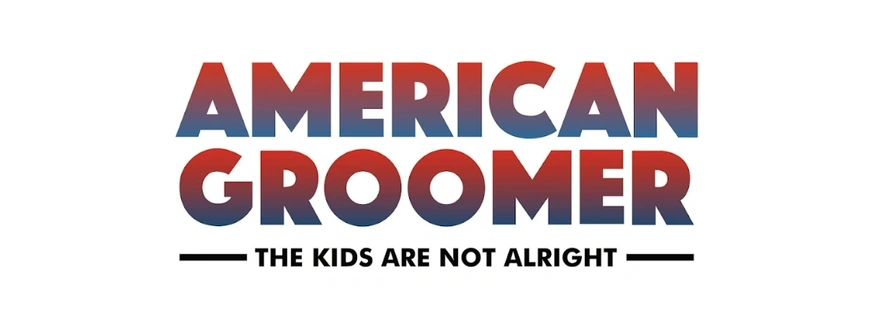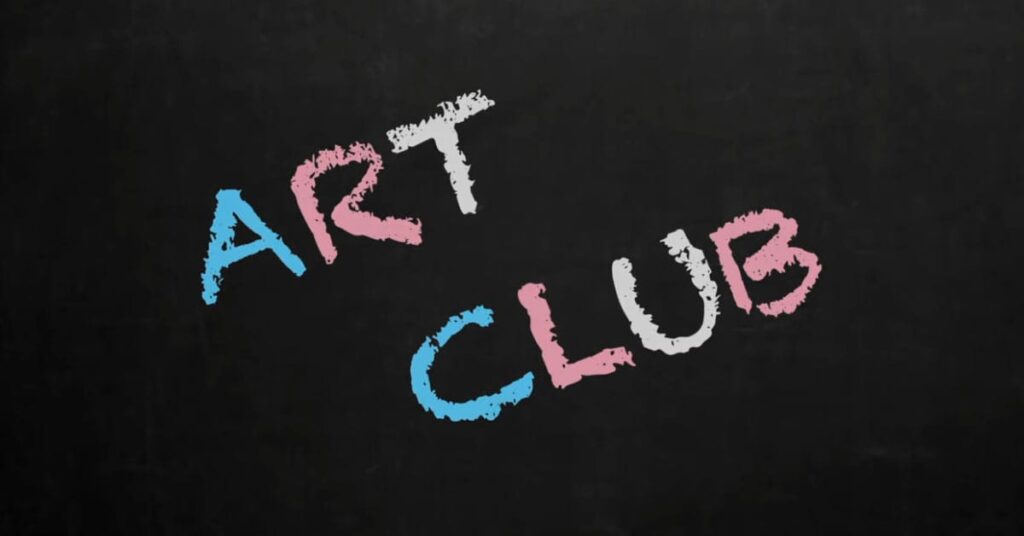Introduction: Understanding Title 18 U.S.C. Section 1466A
Title 18 U.S.C. Section 1466A is a critical statute within the U.S. legal framework, targeting the production, distribution, and possession of visual representations that depict minors in sexually explicit conduct and are deemed obscene. This law addresses not only real depictions but also drawings, cartoons, and paintings that may not involve actual minors but appear to do so. This statute serves to combat child exploitation in all forms, recognizing the severe harm such depictions can inflict on society, even in virtual formats. This article will explore the elements of Title 18 U.S.C. Section 1466A, the legal standards it establishes, and the penalties for violating this law.
The Scope of Title 18 U.S.C. Section 1466A
Title 18 U.S.C. Section 1466A is comprehensive in scope, making it illegal for any individual to knowingly produce, distribute, receive, or possess visual materials—such as drawings, cartoons, or paintings—that appear to depict minors engaged in sexually explicit conduct. The statute is particularly concerned with materials that are considered obscene by legal standards. These materials do not necessarily have to involve actual minors; the appearance of minors engaged in sexually explicit acts is enough to meet the threshold for prosecution. The statute plays a crucial role in safeguarding vulnerable populations and maintaining societal standards by criminalizing even virtual depictions of child exploitation.
The Legal Test for Obscenity: Lowering the Threshold
One of the unique aspects of Title 18 U.S.C. Section 1466A is its alternative two-pronged test for determining whether materials are obscene. This test operates with a lower threshold than the traditional “Miller Test” for obscenity, which generally requires that the material appeals to prurient interests, is patently offensive, and lacks serious literary, artistic, political, or scientific value. Under Title 18 U.S.C. Section 1466A, the focus is on whether the visual representation depicts minors in sexually explicit conduct, such as bestiality, sadistic or masochistic abuse, or sexual intercourse, and whether it lacks serious value in any recognized field of discourse. This lower threshold simplifies prosecution under the statute.
Depicting Minors in Graphic Abuse or Sexual Conduct
The statute is explicit in its focus on materials that depict minors, or appear to depict minors, engaged in graphic bestiality, sadistic or masochistic abuse, or sexual intercourse. The inclusion of depictions that “appear to be” minors significantly broadens the statute’s reach, making it possible to prosecute even those materials that involve fictional representations. The underlying rationale is that such depictions, regardless of their realism, contribute to harmful societal perceptions, normalize deviant behaviors, and have the potential to exploit or victimize real children. Title 18 U.S.C. Section 1466A ensures that this type of content, whether virtual or real, is subject to strict legal consequences.
The Value Test: Artistic, Political, or Scientific Considerations
The second prong of the test under Title 18 U.S.C. Section 1466A evaluates whether the material in question lacks serious literary, artistic, political, or scientific value. This provision is designed to filter out materials that may have legitimate purpose or merit in recognized fields of discourse. However, the threshold for what constitutes serious value under this statute is lower than the Miller Test, meaning that even if an image is claimed to be part of a legitimate artistic or political work, it may still be deemed obscene if it involves the exploitative depiction of minors. This helps ensure that attempts to disguise harmful content as “art” are subject to prosecution.
Penalties for Violating Title 18 U.S.C. Section 1466A
The penalties for violating Title 18 U.S.C. Section 1466A are severe, reflecting the seriousness of the crimes it addresses. A first-time offender convicted under this statute faces substantial fines and a mandatory minimum of five years in prison, with the possibility of a sentence of up to 20 years. The strict sentencing guidelines underscore the U.S. government’s commitment to combating all forms of child exploitation, even those involving virtual depictions. Repeat offenders or those involved in large-scale distribution networks may face even harsher penalties. These penalties are designed to serve as both punishment and deterrence for individuals involved in producing or circulating obscene materials involving minors.
The Importance of Safeguarding Children and Society
Title 18 U.S.C. Section 1466A plays a vital role in protecting both children and society from the harmful effects of child exploitation, even when that exploitation occurs in virtual forms. By criminalizing the creation and distribution of obscene depictions of minors, the statute helps to prevent the normalization of such behavior and reduces the demand for real-life child exploitation. The law sends a clear message that child exploitation in any form, whether real or fictional, will not be tolerated. This protection is vital in a digital age where such materials can be easily produced and distributed across the globe.
The Ongoing Need for Vigilance in Digital Spaces
The rise of the internet and digital media has made it easier for individuals to produce and distribute harmful content, including obscene depictions of minors. Title 18 U.S.C. Section 1466A is a response to these challenges, offering law enforcement a powerful tool to combat the growing problem of virtual child exploitation. The statute reinforces the need for vigilance in monitoring digital spaces and prosecuting individuals who seek to exploit minors, whether through actual acts or through the creation of obscene visual representations. Continued efforts to enforce this law are essential for protecting children and maintaining societal norms around decency and respect for human dignity.
Conclusion: Title 18 U.S.C. Section 1466A and Its Broader Implications
Title 18 U.S.C. Section 1466A represents a critical component of the legal framework aimed at combating child exploitation and protecting society from the harmful effects of obscene material involving minors. By criminalizing not only the production and distribution of such materials but also their possession with intent to distribute, the statute takes a comprehensive approach to addressing this issue. The law’s lower threshold for determining obscenity ensures that even virtual depictions of child exploitation are subject to strict legal consequences. As the digital landscape continues to evolve, statutes like Title 18 U.S.C. Section 1466A will remain essential for safeguarding the well-being of children and preserving societal values.
Author
-

Task Force Freedom Contributor Brother K is an outspoken defender of moral integrity in education, focusing on uncovering the societal threats posed by radical ideologies in schools. With years of experience in activism, Brother K’s articles on Task Force Freedom aim to inform and empower parents to take a stand against dangerous influences affecting their children. His commitment to exposing harmful practices and advocating for family-centered values makes him a powerful force for change. Brother K’s anonymity is a reflection of his focus on the cause rather than personal recognition, as he continues to fight for the rights of families across the nation.
View all posts




